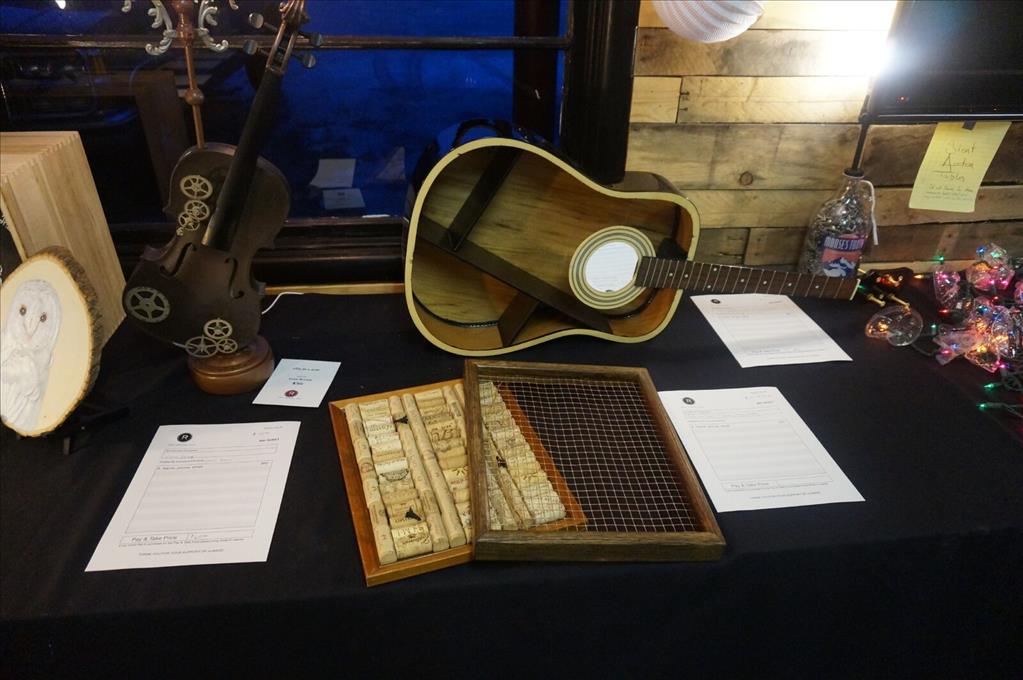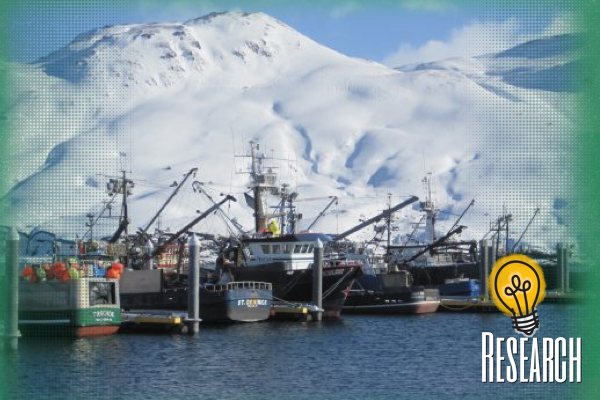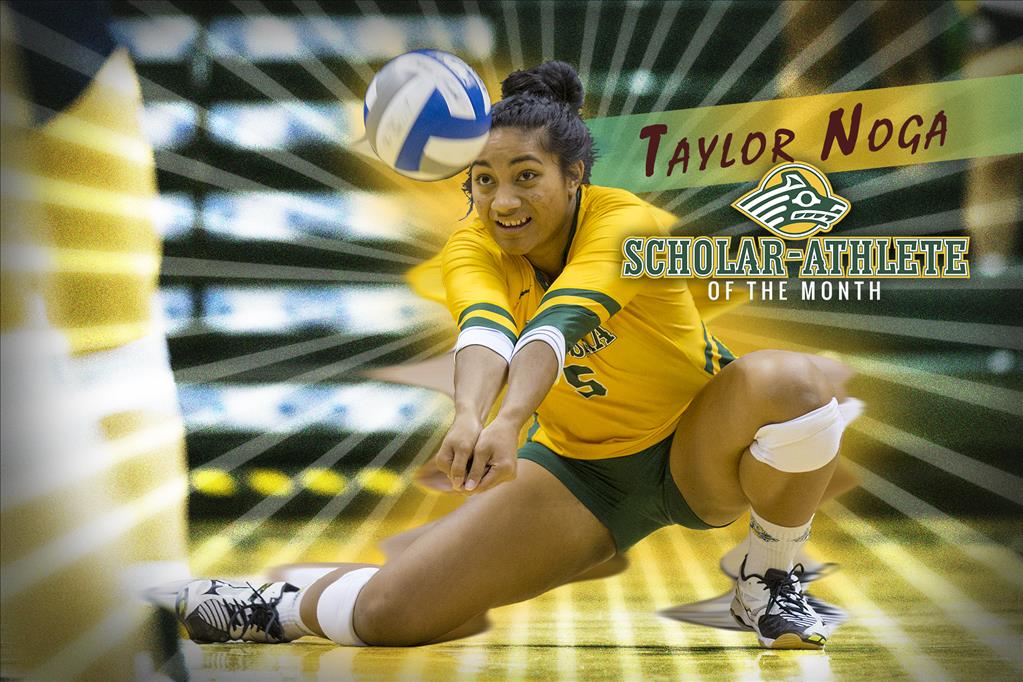Fire sale: A logistics internship at the Chugiak firehouse
by joey |

Matt Swanson earned an EMT certificate from Mat-Su College and will graduate this spring with a logistics degree. He completed his required internship with the Chugiak Volunteer Fire and Rescue Department this summer. (Photo by Ted Kincaid / University of Alaska Anchorage)
The fire crew gulps their coffees, throws on their coats and latches their helmets. They whip the rig onto Old Glenn Highway, sprinting to the scene with nozzles, hoses and axes in tow.
Break that scenario into its parts and you begin to realize the work that keeps a volunteer fire station running. It's not just the staff giving their time responding to calls. Those hoses had been tested. Those coats had been cleared for use. Even that coffee came from somewhere.
"There's a lot that goes into it that I never thought about, which is why I got into logistics," explains Matt Swanson, a UAA student who completed a logistics internship with Chugiak Volunteer Fire and Rescue Department (CVFRD) this summer. "There's a lot that goes on behind the scenes."
Logistics students study complex delivery systems, which Swanson equates, in its simplest form, to the role of parenting. Kids wake up and the cereal and milk are waiting for them, because the parents planned ahead.
Now just stretch that metaphor to cover a firehouse. Instead of 2.5 kids to consider, "You have a family of a little over 100," he joked. And instead of stocking a mini-van with snacks, he's tracking chainsaws and defibrillators for a fleet of several engines, ambulances, snow machines and a boat.

Recently purchased gear must be recorded before its loaded onto CVFRD's newest rig at Station 35. (Photo by Ted Kincaid / University of Alaska Anchorage)
Swanson has volunteered with CVFRD since April (he earned an EMT certificate from Mat-Su College in 2016) and plans to gradate this spring with a bachelor's degree in global logistics and supply chain management.
Part of his degree program is the internship, which most students complete the summer before senior year. Since he was already on site as a volunteer EMT anyway, he approached the department chiefs to see if they could use his experience. They were instantly on board.

"You could have a full-time job, even in a department our size, just doing logistics," said Virginia McMichael, operations chief. (Photo by Ted Kincaid / University of Alaska Anchorage)
"You could have a full-time job, even in a department our size, just doing logistics and trying to track all the equipment and supplies," said Virginia McMichael, operations chief of CVFRD. But it's a volunteer crew; logistics can't be a full-time job. That makes this role hard to fill.
"People coming into the fire service, their idea is not to count things and organize things," she added.
Swanson, however, was interested in both the emergency calls and the purchasing hauls.
"This was a perfect opportunity for me," he noted.
Though his UAA classes focus on global logistics, he's appreciated the chance to go hyper-local with the same base of knowledge.
"The classes have been really good, but it's nothing like getting into it and doing it for real," he said. "I really appreciate the internship requirement, because it makes you get out and experience it."

Each of the departments 700+ hoses are coded once and tested annually. (Photo by Ted Kincaid / University of Alaska Anchorage)
The fire chiefs appreciated the internship, too. Without directed attention, McMichael noted, firehouse logistics get "a little chaotic." Some tests were documented in a binder, others on the computer. Inventory was recorded in several styles, based on the whims of whoever last entered the information. Starting his internship, Swanson wasn't directed on how things worked in the past. Instead, he decided how they should be done in the future.
"It's a huge opportunity," he said of his summer. "Great chiefs, great leadership, great training."
He spent the bulk of his internship keying information into the station's tracking system. With a few mouse clicks, he can see all the equipment stocked on a rig.

Forrest McDonald, a UAA fire and emergency services student, tests a house at CVFRD Station 35 in 2015. (Photo by Phil Hall / University of Alaska Anchorage)
Clicking through tabs on the screen, he sees the life story of each inanimate object. For example, the crew tests 700+ hoses each year. On the system, Swanson can select a hose, see when it arrived (click), review all of its past test dates (click), then see who signed off on that test. He can even see which helmet and coat is assigned to that person.

Swanson walks through the gear room at CVFRD Station 35. (Photo by Ted Kincaid / University of Alaska Anchorage)
It's a lot of information, but its important. McMichael estimated each crewmember wears, at minimum, $3,000 worth of station gear. That's not including the non-issued materials like radios, which can run a department $2,500 each. Given the risk of the job, insurance companies need to know not just the value, but also which equipment has been tested and cleared for service.
Not everything requires safety paperwork, though. Coffee filters and paper towels fall under Swanson's tasks, too, and crews can expect to find everything stocked and available each shift.
Though Swanson's internship officially ended when the school year began, he'll continue monitoring logistics for the department while pulling shifts as an EMT. "Its something that's needed," he said (especially the coffee). Like all volunteer firefighters, he's passionate about his work.
Besides, it's convenient. He's already there as an EMT. "A lot of the time you're just doing homework if it's a quiet day. So this is basically my homework," he said with a laugh.
Written by J. Besl, UAA Office of University Advancement

Spotted on the wall at Station 35. (Photo by Ted Kincaid / University of Alaska Anchorage)
 "Fire sale: A logistics internship at the Chugiak firehouse" is licensed under a Creative Commons Attribution-NonCommercial 4.0 International License.
"Fire sale: A logistics internship at the Chugiak firehouse" is licensed under a Creative Commons Attribution-NonCommercial 4.0 International License.














